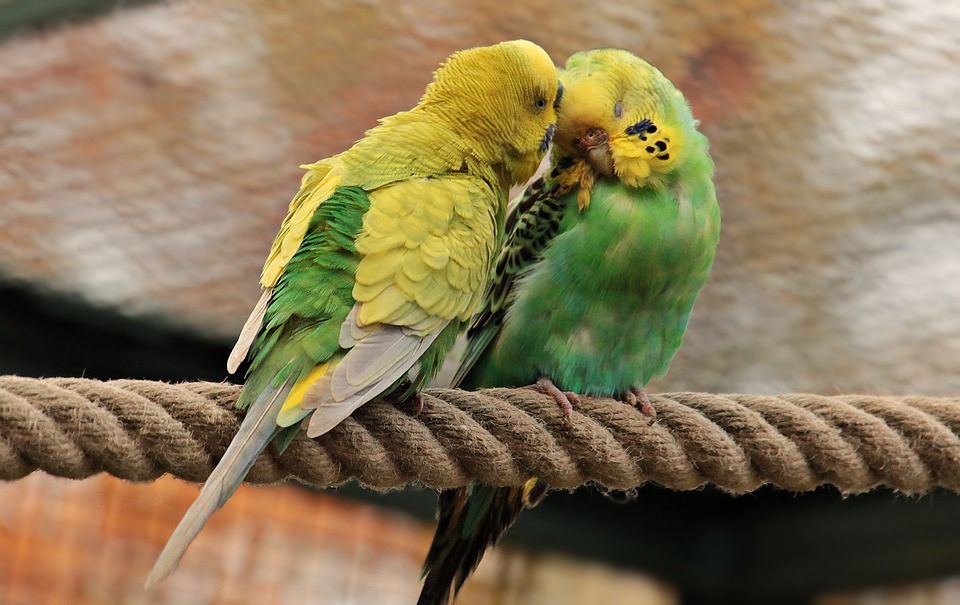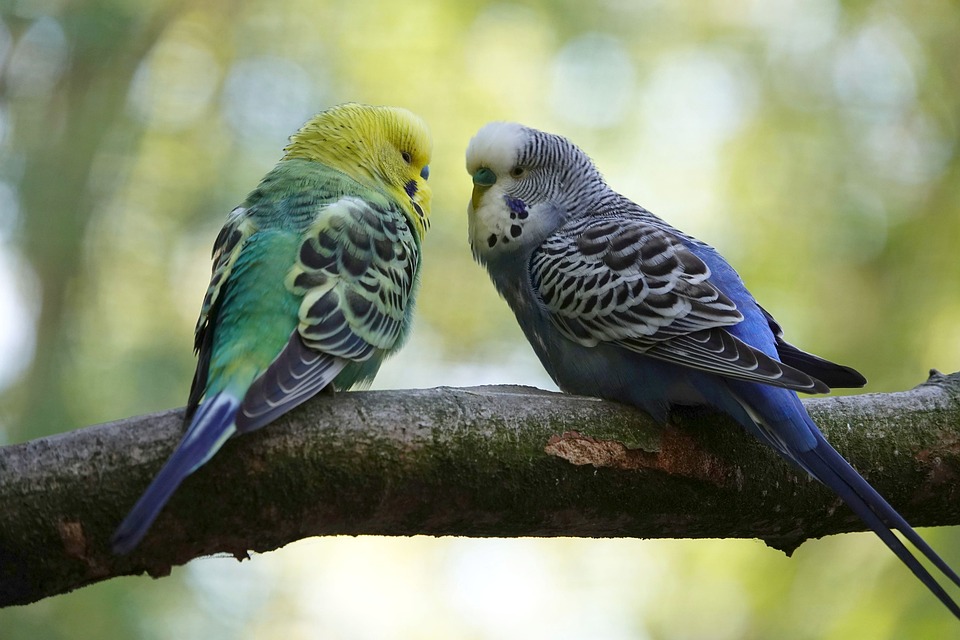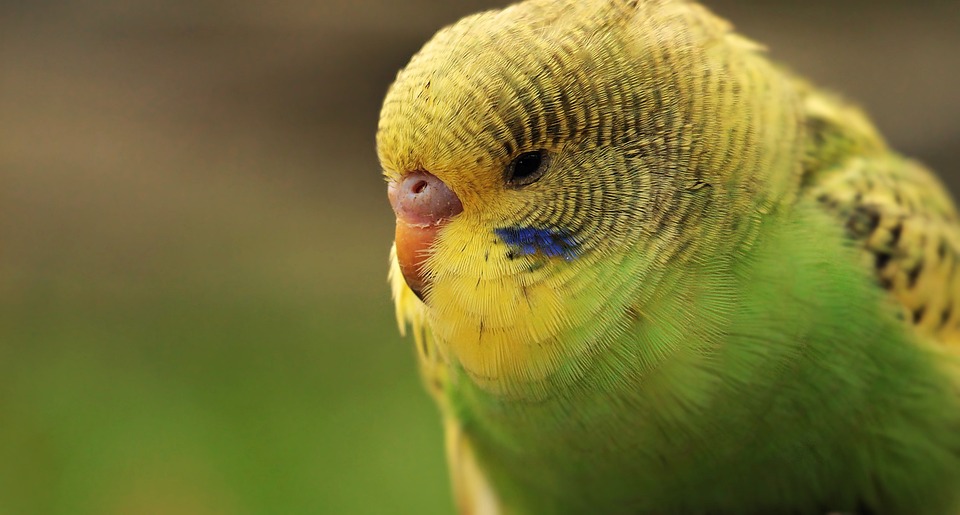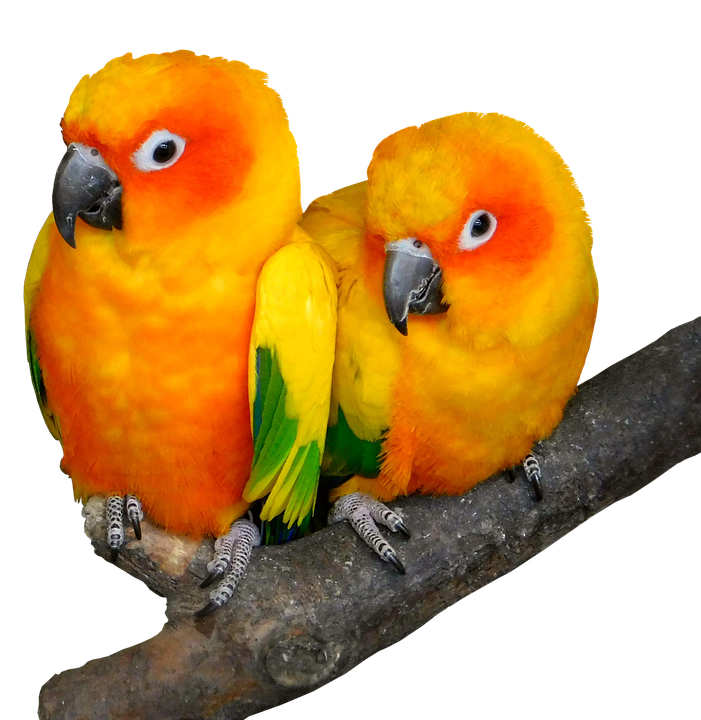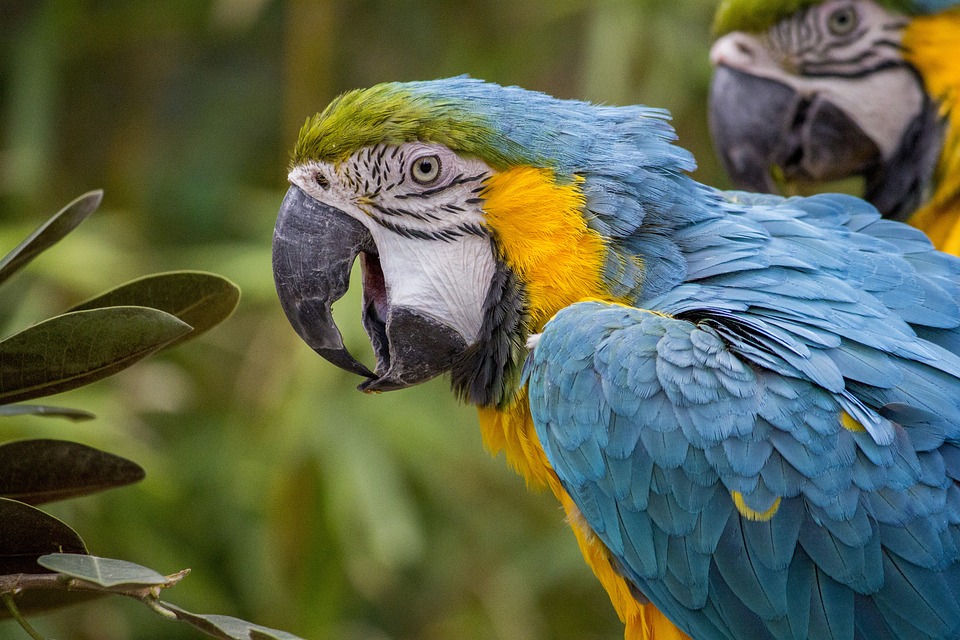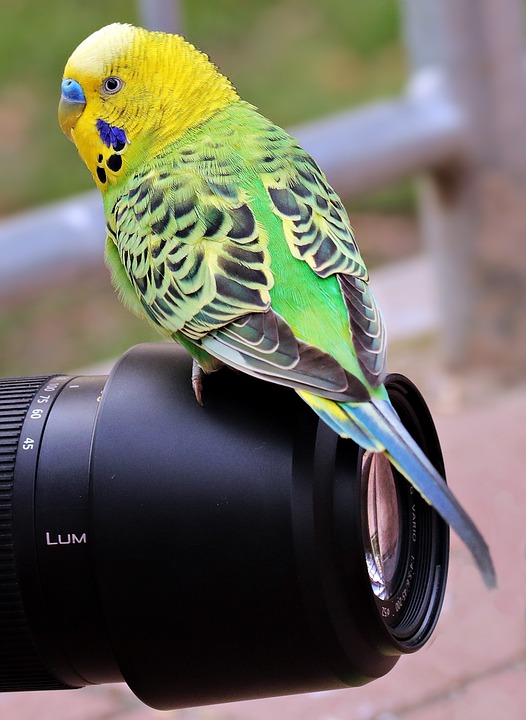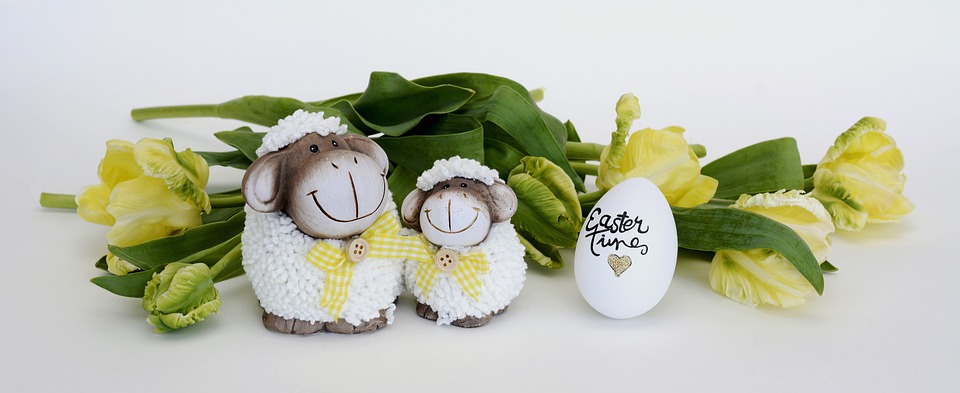Parrots are known for their vibrant personalities and expressive body language. Understanding their behavior and recognizing signs of relaxation and contentment is essential for providing them with a nurturing and enriching environment. In this article, we will explore the various body language cues that parrots display when they are feeling relaxed and content. We will also address some frequently asked questions to help you better understand your feathered friend.
Recognizing Signs of Relaxation and Contentment in Parrot Body Language
1. Feather Condition
– Smooth and sleek feathers: When a parrot is relaxed, its feathers will appear smooth and sleek, indicating a content state.
– Fluffed feathers: Fluffing up feathers can be a sign of relaxation, but it can also indicate illness or discomfort. It is essential to consider other body language cues to accurately interpret the meaning.
2. Eye and Pupil Dilation
– Soft, half-closed eyes: Parrots with half-closed eyes often indicate relaxation and contentment. It shows trust and comfort in their surroundings.
– Pupil dilation: Dilated pupils in a parrot’s eyes can also be a sign of relaxation. This response is similar to humans when they are in a calm and comfortable state.
3. Body Position
– Relaxed stance: A parrot that stands with a straight posture, evenly balanced on its feet, indicates a sense of relaxation and contentment.
– One foot raised: Occasionally, a parrot will raise one foot while perched. This behavior signifies a comfortable and secure state.
4. Vocalizations
– Soft vocalizations: Parrots may produce gentle chirps, murmurs, or low-volume sounds when they are relaxed and content. These vocalizations are often soothing and peaceful.
5. Feeding Behaviors
– Relaxed eating: When a parrot is relaxed and content, it will eat with a calm and steady pace, showing enjoyment in its meal.
– Food tossing and playing: Parrots may exhibit playful behavior with their food, tossing it around or engaging in playful gestures. This behavior is a positive sign of contentment.
6. Interaction with Environment
– Exploring surroundings: A relaxed parrot will show curiosity and interest in its environment. It may engage in exploring toys, perches, or objects, demonstrating a sense of comfort.
Frequently Asked Questions (FAQs)
1. Can a parrot be relaxed in a new environment?
– Yes, parrots can adapt to new environments and eventually become relaxed if they are provided with a secure and enriching setting. Patience and gradual introductions are key to helping them feel at ease.
2. Why does my parrot fluff up its feathers when it’s relaxed?
– Fluffing up feathers is a common behavior in relaxed parrots. It helps them regulate their body temperature and may also indicate a sense of comfort and security.
3. Are there any signs of relaxation specific to certain parrot species?
– While some relaxation cues are universal among parrots, each species may have slight variations in their body language. It is essential to familiarize yourself with your specific parrot’s behavior and consult avian experts if needed.
4. What should I do if my parrot seems anxious or stressed?
– If your parrot appears anxious or stressed, assess its environment for potential stressors such as loud noises, lack of stimulation, or changes in routine. Addressing these factors and providing a calm and enriched environment can help alleviate stress. If the behavior persists, consult with an avian veterinarian or a qualified parrot behaviorist.
By understanding and recognizing the signs of relaxation and contentment in your parrot’s body language, you can ensure their overall well-being and establish a strong bond with your feathered companion. Remember, each parrot is unique, and observing their behavior closely will help you respond appropriately to their needs.


